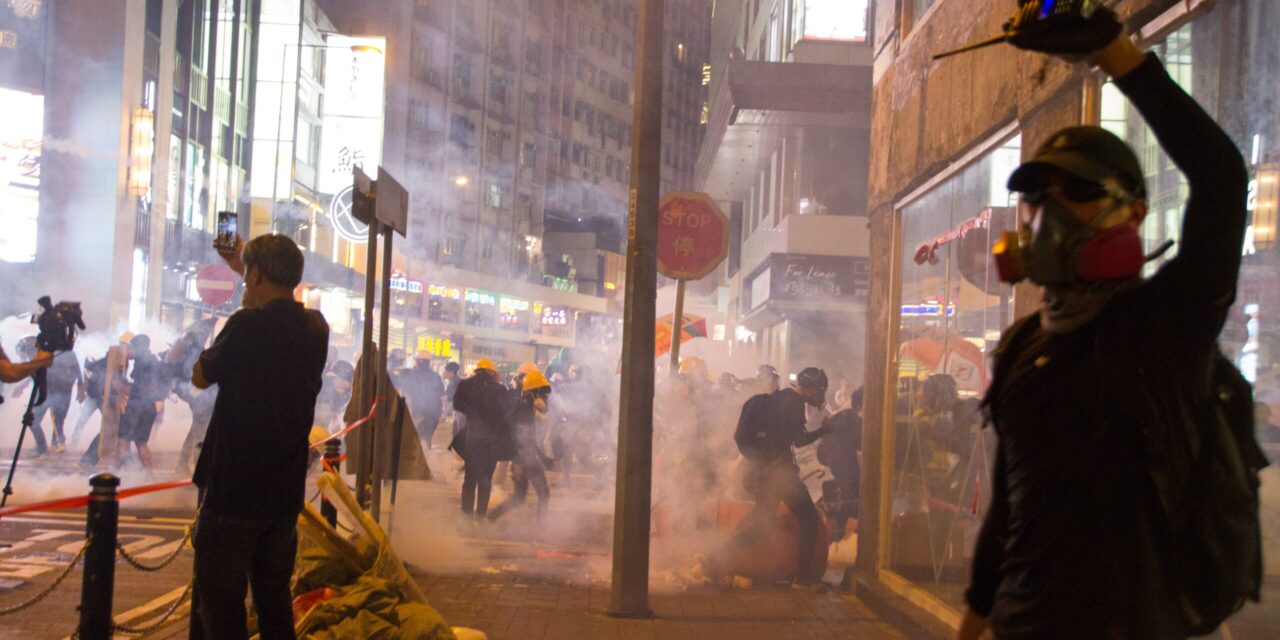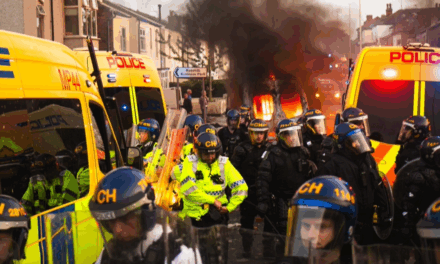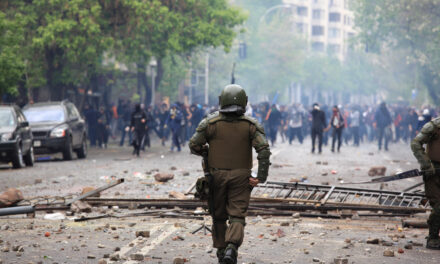In an age where community safety is becoming an increasingly prevalent concern, many neighborhood residents are seeking ways to protect themselves and their loved ones. Forming a neighborhood defense group can be a proactive step toward enhancing safety, but it’s essential to approach this initiative with discretion. This article explores how to build a community safety network without attracting undue attention, all while fostering a sense of trust and camaraderie among neighbors. Let’s delve into the art of creating a secure environment without raising alarms.
Building Community Safety: A Stealthy Approach to Defense
Creating a safe community begins with recognizing the need for vigilance in a way that feels organic and unforced. Instead of openly discussing a “defense group,” consider starting with small gatherings that focus on community activities like gardening, potlucks, or book clubs. These gatherings not only allow residents to bond but can also serve as an informal platform to discuss neighborhood concerns. By cultivating friendships and trust, you can lay the groundwork for a more focused safety initiative without drawing attention to the serious undertones of your intentions.
Another effective strategy is to incorporate safety discussions into existing community events or meetings. For example, if your neighborhood holds regular community clean-up days, it can be a perfect time to casually discuss local safety tips, share experiences, or suggest forming a neighborhood watch. By framing these conversations within the context of community improvement, you reduce the likelihood of sparking fear or paranoia. This subtle approach fosters a sense of collective responsibility, allowing people to feel involved without the pressure of formalized roles.
Finally, leverage technology to create a group chat or social media page that focuses on neighborhood happenings. These platforms can serve as an informal communication tool for sharing safety tips, reporting suspicious activities, or coordinating community events. Keeping the tone light and friendly encourages participation and engagement. If concerns arise, residents can share them within the group, reinforcing the feeling of solidarity without the need for overt or alarming discussions about defense strategies.
Unite and Protect: Crafting a Low-Key Neighborhood Alliance
Once you’ve established rapport within the community, it’s time to seamlessly transition into forming a low-key neighborhood alliance. Begin by identifying like-minded individuals who share a commitment to community safety; this can be done through conversations at community events or even casual chats while walking the dog. By taking a grassroots approach, you’ll find that many neighbors appreciate the idea of looking out for one another, often without realizing they are joining a “defense group.” This organic formation allows for a more inclusive and low-pressure environment.
With your core group in place, consider implementing a buddy system for neighborhood watch. This doesn’t require uniforms or official designations; it can simply involve pairs of neighbors agreeing to keep an eye out for each other during specific hours or times when activity seems increased. Encourage members to share their schedules, making it a natural part of your conversations. This not only provides security but also fosters deeper connections among residents, reinforcing the idea that everyone is in this together.
To solidify this alliance with stealth, brainstorm small community projects focused on safety—like installing better lighting in dimly lit areas or creating a neighborhood directory for emergency contacts. These initiatives promote the idea of collective responsibility while remaining under the radar. By keeping the focus on improvement and engagement, you can cultivate a cohesive and prepared neighborhood that prioritizes safety without the need for dramatic actions or displays of force.
In conclusion, forming a neighborhood defense group can be a meaningful way to enhance community safety without raising alarms or creating anxiety. By starting with casual gatherings, integrating safety discussions into existing events, and leveraging technology, you can build a robust support network that feels natural. Ultimately, when you approach this initiative with a spirit of camaraderie and fun, you foster a vibrant, connected community ready to protect one another. Remember, the best defenses are often those built quietly, one neighborly bond at a time!





